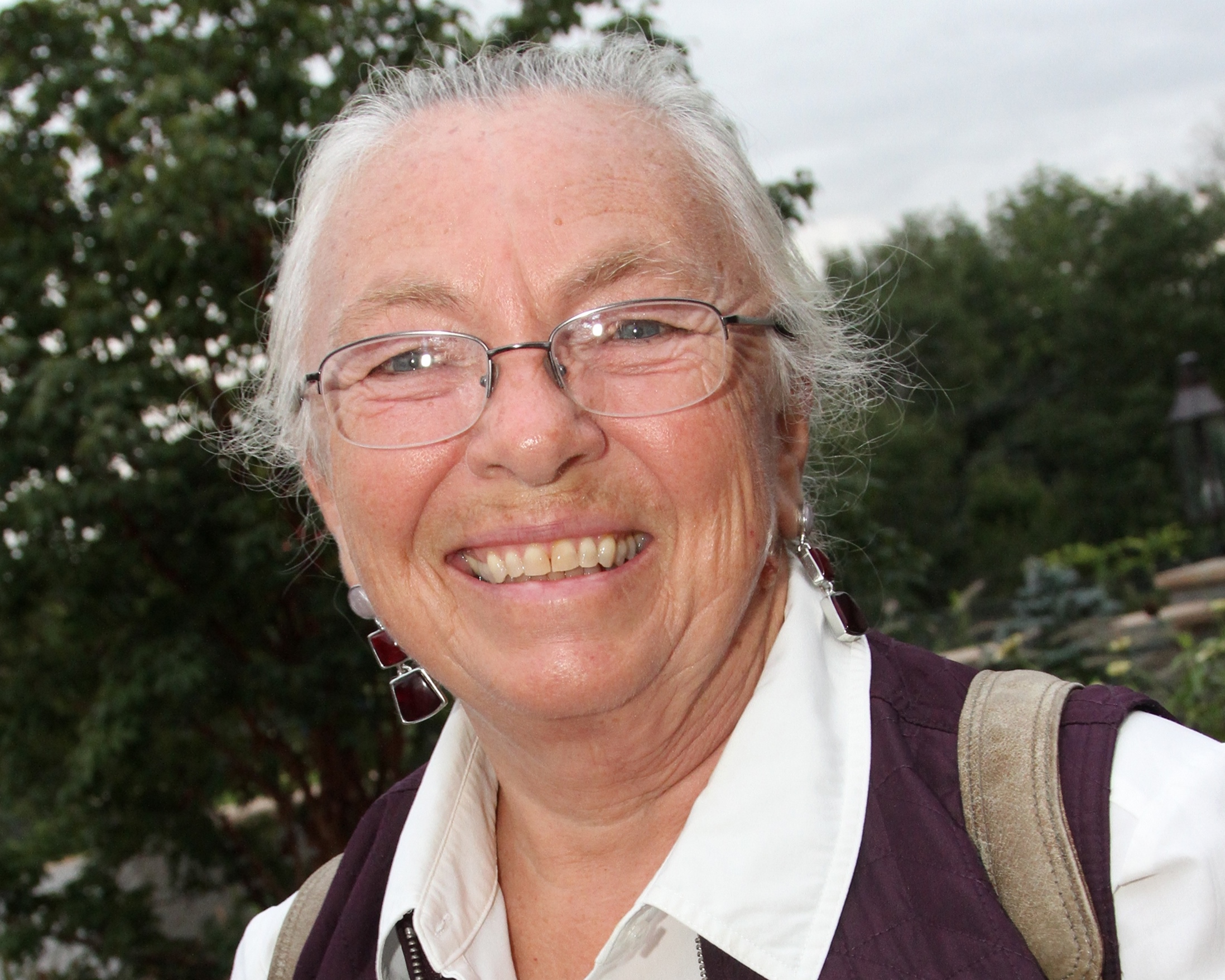Day 125, Year 6 Atlantic Passage, Day 22-Under 1000 Miles to Go
Date: Saturday, February 26, 2011 (1730 UTC)
Weather: Mostly Sunny Day; ENE 12-18
Air Temperature: 80 degrees F
Latitude: 06 49.303 N
Longitude: 046 30.106 W
Miles Traveled: 2947 + 1878 S Africa to St. Helena
Miles to Go: 958
Location: Passage from St. Helena to Caribbean (Grenada)
At one time, a thousand mile passage seemed enormous to us and the completion of the 3000 mile passage from the Galapagos to the Marqueses was a true milestone in our lives. But here we are 4825 miles from South Africa with yet another 958 miles to go and it is no longer the big deal it once was. We simply take things one day at a time. There will definitely be celebrating when we reach Grenada, but for now we are settled into the daily routine of eat-sleep-read-eat-sleep-read-write a little-work a little-eat-sleep-read. Since Windbird has been basically sailing herself, there has been very little tending to sails. It is not a very exciting existence, but it certainly pleasant enough. Some sailors refer to crossing the Atlantic as “crossing the pond.” Simon Winchester in his book “Atlantic” finds it a bit demeaning to refer to this great body of water as a pond. I don’t find it particularly demeaning, but the Atlantic in no way resembles a pond. Ponds don’t have three meter swells that constantly rock you back and forth and negative currents that hold you back, and we still have both of these plaguing our trek to the northwest. We thought we were out of the current for a short period last evening, but then it came back even stronger. We now have a knot and a half against us, so if we are sailing at 6.5 knots we are really only going 5 knots over the ground. That has been our average today although right now I’m looking at 4 knots over ground when the boat is moving at 5.5 knots. We are still kicking ourselves for not consulting the Pilot beforehand. This is one of the hazards of using electronic navigation. It is wonderful, but you still need to consult your pilot guides for basic routing information. Lesson learned. The next time we are going to cross a pond, we will most definitely check the Pilot Guide.
We are elated that our experiment with the freezer has worked. A few days ago we lined the sides away from the cold plate with bags of vacuum-packed rice to serve as insulation and we stuffed the top with a polar fleece blanket in a stuff sack sealed in a plastic bag. It took four days for the temperature to go down far enough for us to feel confident that everything was solidly frozen. We opened it late yesterday to check and indeed everything is frozen solid. And upon closing the freezer after messing about inside it, it took only an hour for it to get back down to temperature. I was so afraid I was going to lose all the meat in the freezer which is still as full as it was when we left Simon’s Town. We have used only a couple of bags of chicken thighs that were not completely frozen and about three 1-pound bags of ground beef. We had some meat in the top of the freezer when we left Simon’s Town and we bought some pork sausages in St. Helena. Otherwise we have been eating fresh veggies turned into curries, cabbage stews, and beans and polenta. Notice the absence of fish on the menu. I’m still waiting for that fresh addition. If we collected and cooked all of the flying fish that are landing on our deck, I guess we could make a mighty big fish stew. We’ve never had such numbers of these little guys, and some not so little, land on Windbird. It is now a daily task to walk around the deck and throw the dried fish overboard. They obviously jump onboard at night and by morning they are stiff as a board. Some people eat them, but I’m not that desperate YET! And while on the subject of sea life, I’ll mention that until four nights ago we had not seen any bioluminescence in the water. Usually when on passage at night, the water is twinkling with bioluminescent creatures, but not so for us in the South Atlantic. The bioluminescence and abundance of flying fish happened at about the same time. We also started seeing lots of Sargasso weed (or something similar) in the water, but we have left that behind.
So, how are we faring on the countdown? This should have been “six days to go”–but at this point it looks like we are still seven days away from landfall in Grenada. The miles covered in a 24 hour period have gone from 160-165 nautical miles (nm) to 116 nm since this time yesterday. If we can go no faster all the way, it will take us another eight and a quarter days. But at some point we hope to shake this negative current and get back to our former speed. The Captain is saying seven more days, so I’ll go with that for now.


